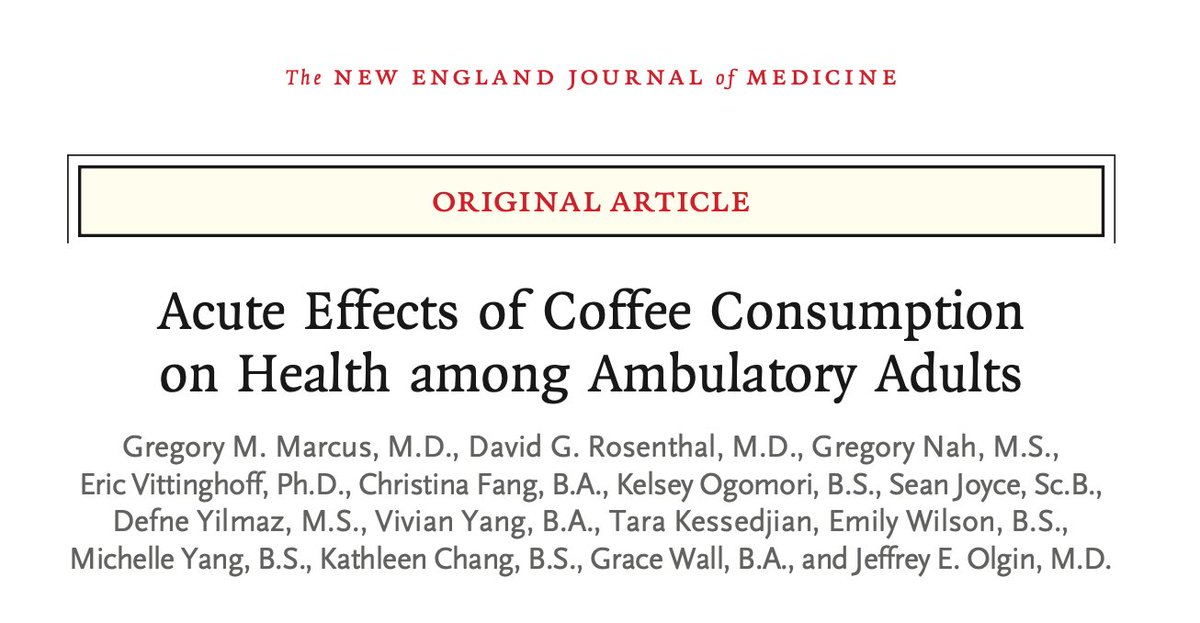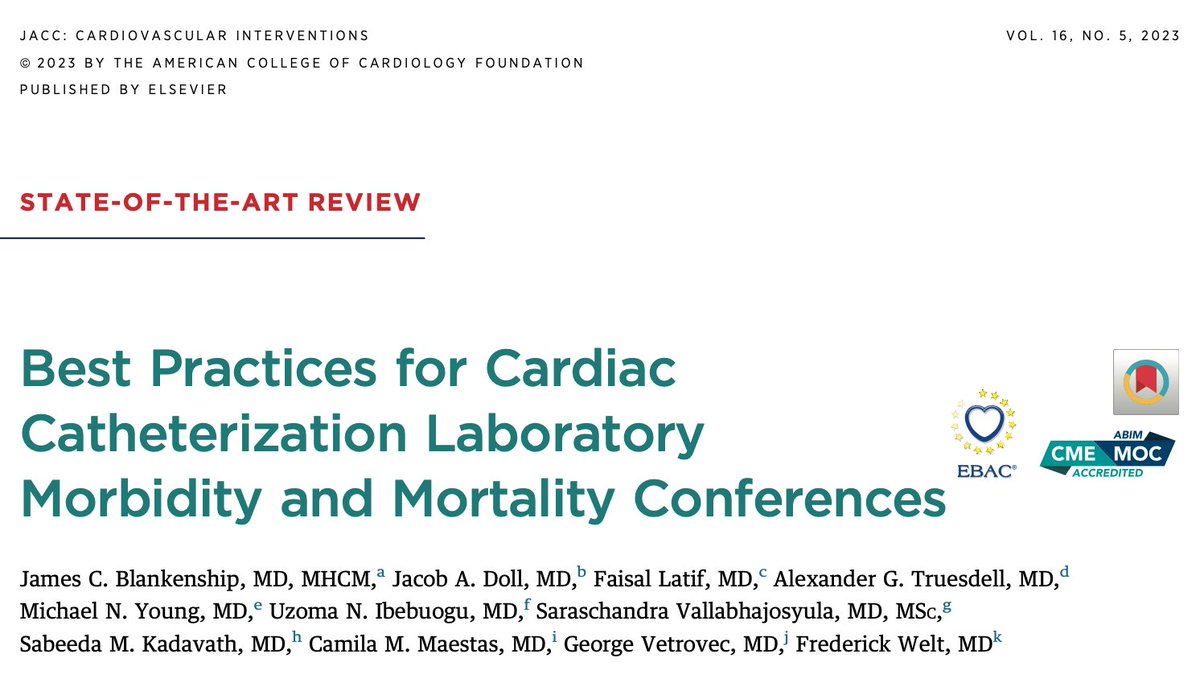
Right Ventricular Failure: @NEJM
In-depth review on the right heart: @Brian_Houston12 @RyanTedfordMD
Will try to hit the highlights, but cannot substitute for the details in the full text!
👇👇
In-depth review on the right heart: @Brian_Houston12 @RyanTedfordMD
Will try to hit the highlights, but cannot substitute for the details in the full text!
👇👇

1️⃣ The right ventricle of the heart plays a crucial role in various conditions, including left heart failure, pulmonary arterial hypertension, and even COVID-19 infection. 💔🩸🦠
2️⃣ In 1943, Isaac Starr and colleagues performed animal experiments that concluded "weakness of the right side of the heart seems less important" in heart failure dynamics. 🐭🧪
(Great attempt, but clearly RH plays a critical role)
(Great attempt, but clearly RH plays a critical role)
3️⃣ The Fontan procedure, which routes venous return directly into the pulmonary circulation, was also thought to show the minimal importance of the right ventricle. However, healthy patients who underwent this procedure experienced a 40% decrease in exercise capacity. 💉🏃♀️
#ACHD
#ACHD
4️⃣ During embryonic development, the right ventricle is formed into a crescent-shaped, thin-walled structure. It is located just beneath the sternum and is the most anterior heart chamber. (first affected by blunt trauma!)👶💓
5️⃣ The right ventricle and left ventricle are not distinct structures but are integrated anatomically and physiologically through the interventricular septum. The right ventricle depends on the left ventricle for a substantial portion of its contractile function 🔍🧬
6️⃣ The myofibrils' helical orientation in the septum produces a primarily longitudinal contractile pattern, while the circumferential fibers in the right ventricular free wall contribute a transverse shortening pattern.
7️⃣ The Right ventricle plays a critical pathophysiological and prognostic role in various conditions, including left heart failure, pulmonary arterial hypertension, and COVID-19 infection.
We see it in shock Mx: @InovaHealth
We see it in shock Mx: @InovaHealth

8️⃣ Right ventricular failure can be caused by various factors, including pulmonary embolism, chronic obstructive pulmonary disease, pulmonary hypertension, congenital heart disease, and myocardial infarction affecting the right ventricle.
9️⃣ Symptoms of right ventricular failure may include fatigue, peripheral edema, jugular venous distention, and abdominal distention.
🔟 The treatment of right ventricular failure depends on the underlying cause and may include pharmacotherapy, oxygen supplementation, and mechanical ventilation in severe cases.
@AHA_AcuteCVCare
@AHA_AcuteCVCare
1️⃣1️⃣ In some cases, right ventricular assist devices or heart transplantation may be necessary to treat severe or refractory right ventricular failure.
1️⃣2️⃣ Pathophysiological processes that initiate or promote right ventricular failure include myocyte hypertrophy, fibrosis, ischemia, neurohormonal activation, inflammation, and shifts in metabolic substrates. 

1️⃣3️⃣ Most data on molecular mechanisms of right ventricular failure are derived from animal models or clinical studies of pulmonary arterial hypertension. The degree to which these findings apply to other causes of right ventricular failure is unknown.
1️⃣4️⃣ Chronically increased afterload from any cause results in right ventricular hypertrophy, which is initially adaptive and accompanied by an increase in contractility and preserved stroke volume (homeometric adaptation).
1️⃣5️⃣ These early compensatory mechanisms are achieved in part by neurohormonal activation with increased adrenergic tone. As in left heart failure, neurohormonal activation ultimately becomes maladaptive.
1️⃣6️⃣ Over time, as contractility declines or afterload further increases, the right ventricle may dilate to maintain stroke volume (heterometric adaptation).
1️⃣7️⃣ Mechanical stress, ischemia, and neurohormonal activation stimulate the production and proliferation of cardiac fibroblast collagen.
1️⃣8️⃣ Early in the disease, increased collagen production may provide protection against right ventricular dilatation. As fibrosis progresses, right ventricular diastolic function and excitation–contraction coupling worsen and contractility is impaired.
1️⃣9️⃣ Lusitropic abnormalities occur not only from increased collagen and fibrosis but also from intrinsic stiffening of the right ventricular cardiomyocyte sarcomeres.
2️⃣0️⃣ Insulin resistance and obesity may be modifiable risk factors for right ventricular dysfunction.
2️⃣0️⃣ Insulin resistance and obesity may be modifiable risk factors for right ventricular dysfunction.
2️⃣1️⃣ The initial evaluation of patients with known or suspected right ventricular failure begins with a detailed medical history taking and thorough physical examination.
2️⃣2️⃣ Common symptoms include dyspnea, lower-extremity edema, early satiety, abdominal fullness, fatigue, exertional intolerance, and right-upper-quadrant tenderness.
2️⃣3️⃣ Physical examination: elevated jugular venous pressure, right ventricular heave on palpation, a prominent pulmonic component of the second heart sound, murmur of tricuspid regurgitation, palpable and pulsatile liver, hepatojugular reflux, ascites, and lower-extremity edema.
2️⃣4️⃣ Relevant features of the social history include tobacco use (potentially indicating lung disease), as well as illicit or prescribed use of an anorexigen.
2️⃣5️⃣ Inquiry about a family history of pulmonary arterial hypertension is important because up to 20% of such cases that are presumed to be idiopathic involve a heritable genetic mutation.
2️⃣6️⃣ The etiologic assessment and confirmation of right ventricular failure often require imaging and invasive hemodynamic techniques.
Yes!
Yes!
2️⃣7️⃣ Patients with suspected right ventricular dysfunction should undergo transthoracic echocardiography, which can provide a rapid assessment of right ventricular size and function and an estimate of pulmonary-artery systolic pressure (PASP) in most patients.
2️⃣8️⃣ Cardiac MRI may be helpful in the initial evaluation and longitudinal assessment of patients with chronic right ventricular dysfunction, particularly in the case of poor image quality on echocardiography.
2️⃣9️⃣ Right heart catheterization allows for direct measurement of intracardiac and pulmonary pressures, as well as cardiac output, and is commonly used to estimate right ventricular preload and afterload.
3️⃣0️⃣ There is growing evidence that assessing the right ventricle during provocation with exercise or inotropic stimulation has additive diagnostic and prognostic value.
This should be a Braunwald Chapter!
I learned a lot - thanks to the authors and @NEJM
More nuance in the full text - pls read!
I learned a lot - thanks to the authors and @NEJM
More nuance in the full text - pls read!
• • •
Missing some Tweet in this thread? You can try to
force a refresh












